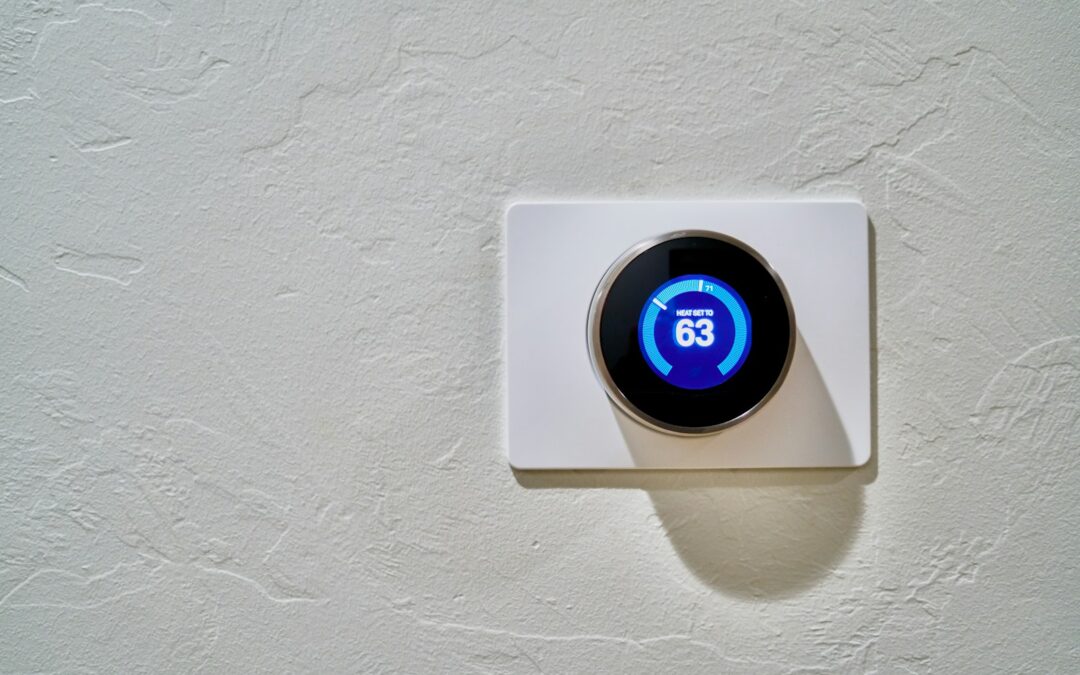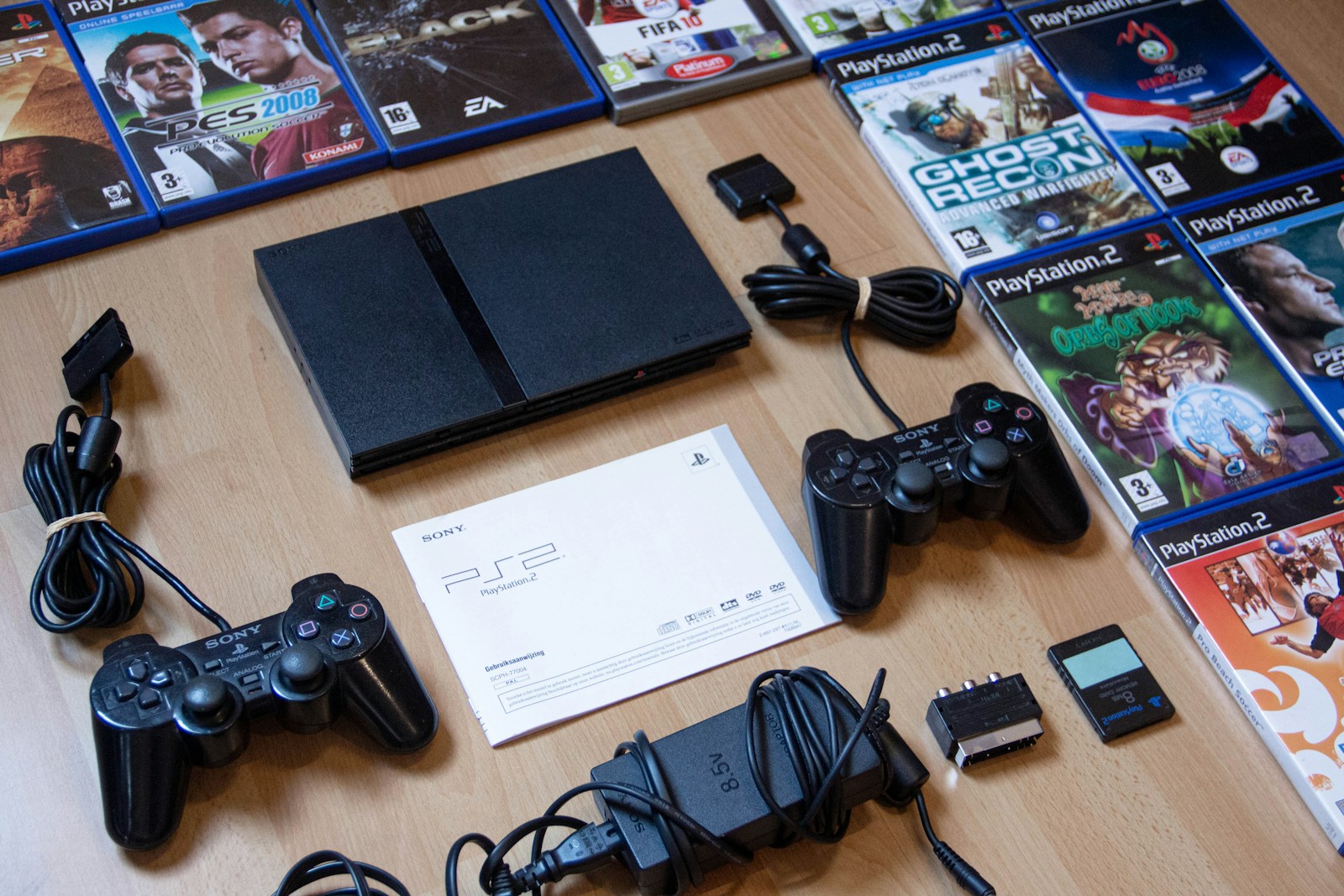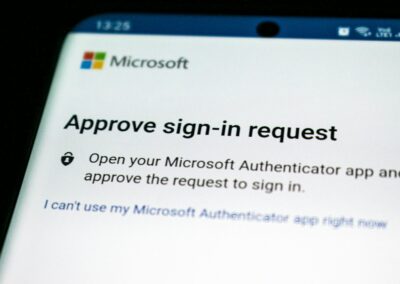Securing Communication Between Devices and Applications
The Role of MFA in Securing IoT API Access
The implementation of Multi-Factor Authentication (MFA) for IoT API access offers a robust solution to protect IoT networks from unauthorized access and potential breaches. For business executives in Riyadh and Dubai, where the integration of advanced IoT systems is driving innovation, understanding the importance of MFA in securing API access is critical for safeguarding their digital infrastructure.
MFA enhances security by requiring multiple forms of verification before granting access to an API, reducing the risk of unauthorized access. In traditional systems, a single password may suffice to authenticate a user or device, but this approach leaves systems vulnerable to phishing, credential stuffing, and other cyber threats. By integrating MFA, which typically includes something the user knows (a password), something they have (a smartphone or hardware token), and something they are (biometrics), organizations can significantly bolster the security of their IoT networks.
For example, in Saudi Arabia’s smart city initiatives, where IoT devices manage critical infrastructure, implementing MFA for API access ensures that only authorized personnel and devices can interact with these systems. Similarly, in Dubai’s financial sector, MFA can protect sensitive financial transactions and customer data by securing the APIs that connect various applications and services. This added layer of security is essential for preventing data breaches and maintaining trust in IoT ecosystems.
Best Practices for Implementing MFA for IoT API Access
Successfully deploying MFA for IoT API access requires adherence to best practices that align with the specific security needs of the organization. One of the primary practices is to select the appropriate MFA methods based on the risk profile of the API and the sensitivity of the data it accesses. For high-risk APIs, such as those handling financial transactions or personal data, combining several factors—such as a password, a hardware token, and biometrics—provides the strongest protection.
Another best practice is to ensure seamless integration of MFA with existing IoT systems. This involves using MFA solutions that are compatible with the organization’s current technology stack and can be easily integrated with minimal disruption. For businesses in Riyadh and Dubai, where IoT deployments are often complex and multifaceted, choosing flexible MFA solutions that can scale with the growth of the IoT network is crucial.
Regularly reviewing and updating MFA policies is also essential for maintaining security. As cyber threats evolve, so too should the methods of authentication. Organizations must stay informed about the latest advancements in MFA technologies and be prepared to adopt new methods as necessary. For mid-level managers and project management professionals, ensuring that their teams are trained on these updates and that the MFA system is regularly tested for vulnerabilities is key to maintaining a secure IoT environment.
Enhancing IoT API Security Through Strategic MFA Deployment
Implementing MFA for IoT API access goes beyond simply adding layers of security—it involves strategically integrating these layers to create a cohesive and robust defense. For executives in Riyadh and Dubai, this means developing a comprehensive API security strategy that incorporates MFA as a central component.
One strategic approach is to deploy adaptive MFA, which adjusts the level of authentication required based on the context of the access request. For instance, if an API request originates from an unfamiliar device or location, the system could require additional verification steps. Adaptive MFA provides a balance between security and user convenience, ensuring that legitimate users are not burdened with unnecessary authentication steps while still protecting the system from potential threats.
Another crucial aspect is to ensure that all API endpoints are covered by MFA, not just the most critical ones. Even APIs that seem less important can be exploited as entry points by attackers if left unprotected. Therefore, a holistic approach to API security, where MFA is consistently applied across the board, is essential. This is particularly important in the UAE’s growing IoT ecosystem, where diverse devices and applications interact across various sectors.
Finally, fostering a culture of security awareness within the organization is critical. Employees and stakeholders should be educated on the importance of MFA and how to use it effectively. This includes understanding how MFA works, recognizing potential threats, and knowing what steps to take if an MFA device is compromised. For executive coaching services, this involves guiding leaders to prioritize security in their strategic planning and to lead by example in adopting secure practices.
Conclusion
In conclusion, implementing MFA for IoT API access is a crucial step in securing communication between devices and applications within IoT networks. For leaders and managers in Riyadh and Dubai, adopting MFA not only protects their IoT systems from unauthorized access but also strengthens the overall cybersecurity posture of their organizations. By following best practices such as selecting appropriate MFA methods, ensuring seamless integration, and deploying adaptive MFA, businesses can create a secure and resilient IoT environment. Emphasizing the importance of continuous security updates and fostering a culture of security awareness are also key to maintaining long-term protection in today’s rapidly evolving digital landscape.
—
#IoT, #MFA, #APIsecurity, #cybersecurity, #businesssuccess, #moderntechnology, #AI, #blockchain, #metaverse, #SaudiArabia, #UAE, #Riyadh, #Dubai, #executivecoaching, #leadership, #projectmanagement































